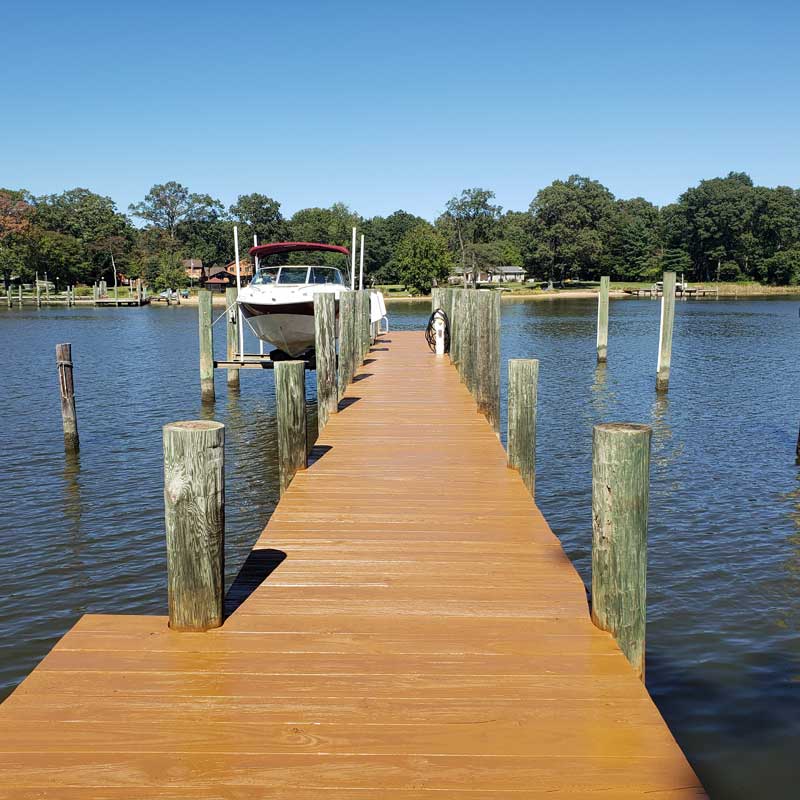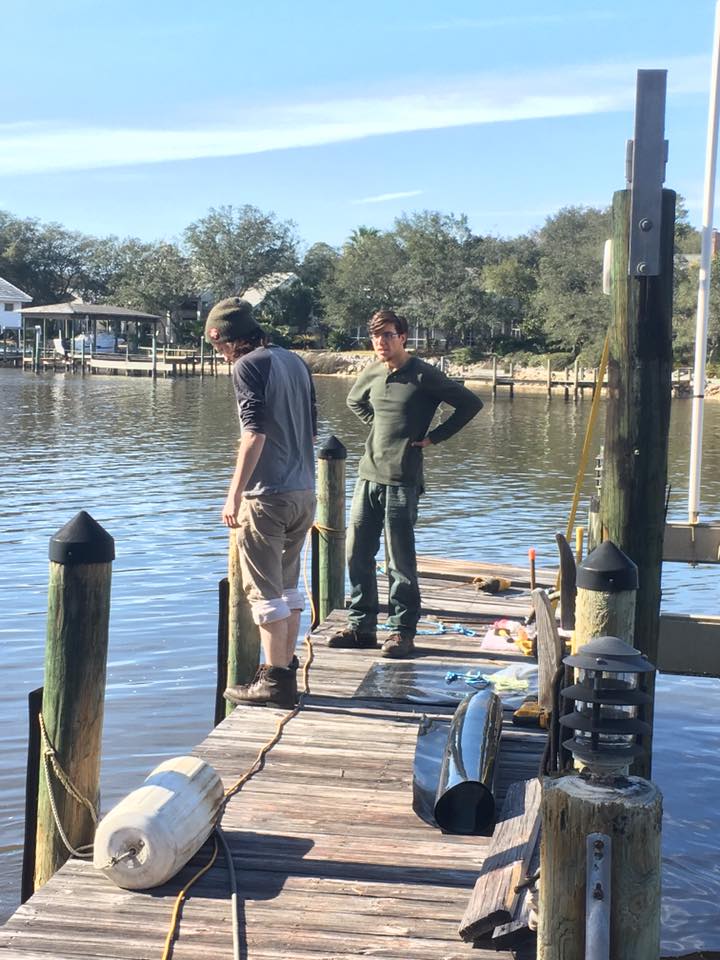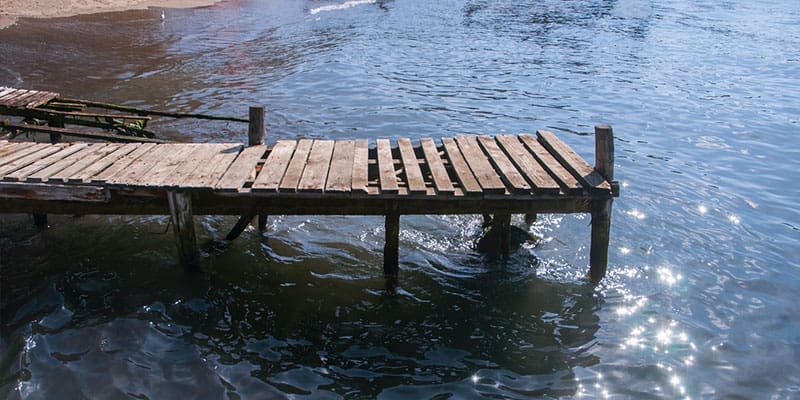Seasonal Preparations: When to Arrange Your Dock Repairs
Seasonal Preparations: When to Arrange Your Dock Repairs
Blog Article
Reliable Dock Repair Work Techniques: Making Sure Structural Stability
Ensuring the structural stability of anchors via effective repair work techniques is critical for the longevity and security of marine facilities. This entails a multi-faceted technique starting with extensive evaluations using advanced innovations like finder devices and remotely ran automobiles (ROVs) to find both noticeable and concealed problems. Ultimately, picking the ideal repair work materials, such as composite products and corrosion-resistant alloys, is vital for longevity. Architectural reinforcement approaches, consisting of the application of cross-bracing systems and load-distribution plates, play a vital duty in mitigating anxiety points. The relevance of these techniques comes to be evident when discovering sophisticated fixing approaches and preventative upkeep techniques.
Analyzing Dock Damage
Evaluating dock damages is an important primary step in making sure the structural stability and safety and security of any type of docking center. This initial examination involves a thorough evaluation to determine both noticeable and concealed damages. Key elements to take a look at consist of the dock's foundation, pilings, decking, and equipment. Each element has to be scrutinized for signs of wear, rot, corrosion, or other types of deterioration that might jeopardize the structural stability.
Architectural engineers or qualified inspectors usually carry out these evaluations utilizing specialized techniques and tools. Undersea assessments may employ sonar tools or from another location operated cars (ROVs) to discover submerged damages. Over water, visual inspections are complemented by using dampness meters and various other analysis devices to discover underlying problems not instantly noticeable to the nude eye.

Finding Repair Materials
Picking the ideal repair products is a crucial action in the dock remediation procedure, one that straight influences the long life and efficiency of the repaired framework. Material option have to be driven by aspects such as environmental problems, load-bearing demands, and compatibility with existing dock components.
Along with wood, composite products are progressively popular as a result of their durability and reduced maintenance needs. Composites, commonly made from a blend of plastic and timber fibers, use outstanding resistance to rot, pests, and UV damage. For steel docks, picking corrosion-resistant alloys such as galvanized steel or marine-grade aluminum is vital to protect against rust and make certain structural honesty in saline water conditions.
Epoxy materials and marine-grade sealants are crucial for repairing splits and securing joints, offering a water-proof obstacle and enhancing the dock's general stamina. By diligently selecting top notch products, dock repairs can accomplish resilient outcomes, thereby protecting versus future destruction and guaranteeing secure, reliable use.
Structural Reinforcement Methods
Reliable architectural support techniques are crucial in ensuring the security and long life of dock repairs. One fundamental method involves making use of steel or composite reinforcement bars (rebar) within concrete structures. Rebar supplies added tensile toughness, preventing cracks and distributing tons much more uniformly. This technique is especially efficient for docks exposed to heavy loads or rough ecological problems.
Another essential technique is the application of fiber-reinforced polymers (FRP) These products offer high strength-to-weight ratios and excellent resistance to corrosion, making them ideal Extra resources for enhancing wooden or concrete docks. FRP can be used in strips or sheets and bonded with epoxy materials to improve structural integrity.
Supporting and anchoring systems additionally play great post to read an essential duty in architectural reinforcement. Cross-bracing, making use of metal or wooden light beams, can combat lateral pressures, decreasing guiding and motion. Anchoring systems, such as helical piers or driven stacks, provide a secure foundation by transferring lots to deeper, extra steady dirt layers.
Finally, the integration of load-distribution plates can assist distribute weight a lot more evenly throughout the dock's surface, mitigating local tension factors. These techniques jointly ensure that docks continue to be robust and secure, qualified of enduring the roughness of their operational setting.
Advanced Repair Work Approaches

One more sophisticated strategy entails underwater welding, which permits for fixings to be performed without the need to dewater the location. This approach is specifically useful for dealing with structural issues in immersed dock parts, making certain marginal disturbance to procedures. Improved welding techniques, coupled with robot systems, supply accuracy and dependability, consequently prolonging the lifespan of the dock.
Additionally, cathodic defense systems are applied to protect against rust in metallic dock structures. By making use of sacrificial anodes or satisfied present systems, these methods efficiently mitigate the electrochemical procedures that cause material degeneration.
Finally, advanced surveillance innovations, such as structural wellness tracking (SHM) systems, offer real-time information on the problem of dock structures. These systems make it possible for aggressive maintenance and prompt interventions, inevitably making sure the long-term architectural integrity of the dock.
Upkeep and Prevention
Upkeep and prevention are essential concepts that underpin the durability and safety of dock frameworks. Regular assessments are paramount, permitting for early detection of damage, prospective weak points, and environmental effects. An aggressive method, entailing routine look for deterioration, rot, and structural changes, mitigates pricey repair work and extends the dock's functional life.
Preventive procedures need to include using safety finishes to navigate here steel components to defend against corrosion and using treated wood to withstand degeneration. Additionally, making sure correct drainage and ventilation can stop water buildup, which is an usual root cause of architectural destruction. Incorporating quality materials and adhering to maker standards throughout construction and repair work phases likewise play critical roles in improving longevity.

Educating employees in dock upkeep finest methods ensures consistent application of preventative procedures. Leveraging technological advancements, such as drones for inspections and sensing units for real-time surveillance, can additionally enhance upkeep initiatives. By prioritizing maintenance and prevention, dock proprietors can make certain structural integrity, functional security, and cost-effective monitoring over the dock's life expectancy.
Final Thought
In verdict, preserving the architectural integrity of marine facilities demands comprehensive dock repair work strategies. Advanced fixing techniques, coupled with routine upkeep practices, guarantee the dock stays secure and functional under diverse ecological problems.
Ensuring the structural stability of anchors via reliable fixing techniques is critical for the durability and security of aquatic centers.Choosing the proper fixing products is a crucial action in the dock restoration process, one that directly affects the long life and performance of the repaired framework.Reliable architectural support methods are critical in guaranteeing the stability and durability of dock repair services. By focusing on maintenance and prevention, dock owners can guarantee structural honesty, functional safety and security, and cost-efficient monitoring over the dock's life expectancy.
In final thought, maintaining the structural honesty of aquatic centers requires extensive dock repair work techniques.
Report this page